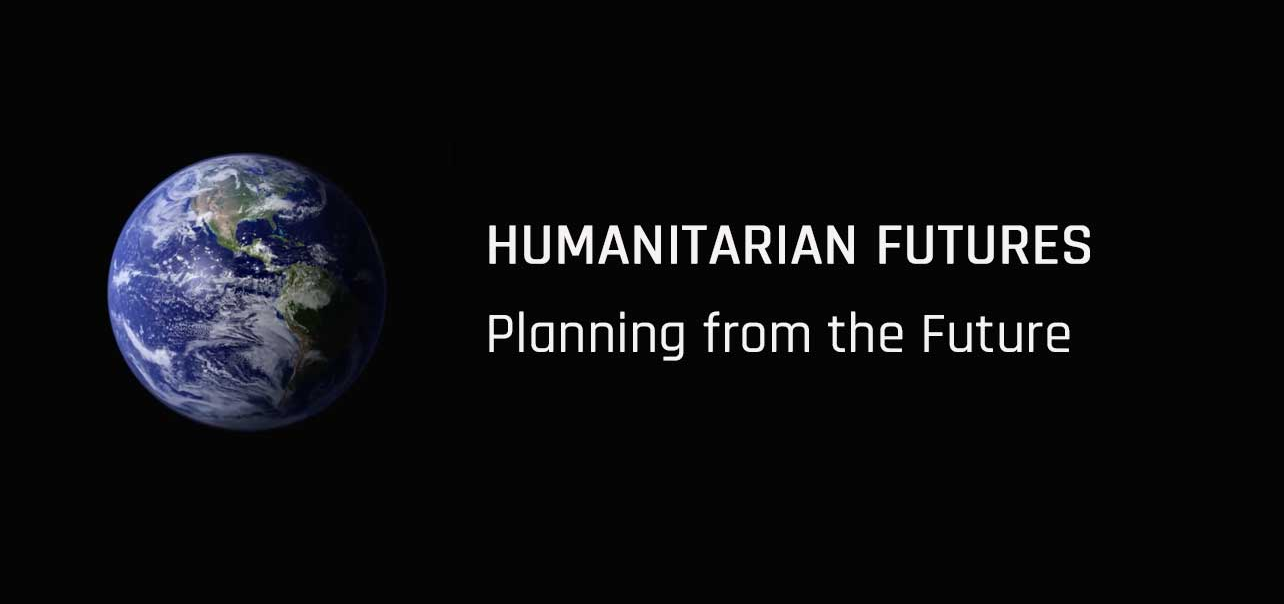Humanitarian Futures has launched its new website, www.humanitarianfutures.org, to help people meet humanitarian capacity challenges of the future.
New challenges in the humanitarian sector mean new capacities are needed. These include anticipatory and adaptive capacities, different approaches to innovation and innovative practices, and collaboration going beyond the norm. These capacities in turn require leadership that moves away from traditional hierarchies, to strengthening the role of mentor and knowledge facilitator.
With that in mind, the Humanitarian Futures website provides a Humanitarian Futures Toolkit as well a wide range of studies and operational plans from around the world that deal with ways to plan for the future.
The Toolkit offers four essential tools:
- Futures Roundtable Exercise (FRE) – This uses a roundtable format to bring senior level humanitarian decision-makers and policy planners together with natural and social scientists to develop global portraits of the future. It also considers the sorts of organisational transformations that must be taken now, in order to deal with that future.
- Testing the Future Exercise (TFE) - This two-day exercise is designed for an organisation’s departments. It is targeted at those with roles in operational planning, in-country programme support, learning and development. The exercise encourages participants to reflect on a changing crisis landscape and to explore the types of organisational capacities required to identify and deal with future humanitarian crises.
- The Ferghana Valley Scenario Exercise (FVSE) - Through a series of evolving scenarios, this exercise explores methods for assessing and utilising the ‘value-added’ and comparative advantages of different types of organisations and how they deal with complex crises. This includes the private, military and humanitarian sectors . In doing so, it explores the idea of effective cross-sector collaboration.
- The Organisational Self-Assessment Tool (OSAT) – This is a questionnaire intended for individuals at senior and middle management levels to assess themselves and their organisations’ capacities to meet the challenges of the future.
The aim of Humanitarian Futures, is to support those with humanitarian responsibilities to develop the organisational structures and leadership to become more adaptive and to effectively engage and collaborate with an increasingly wide range of actors.

